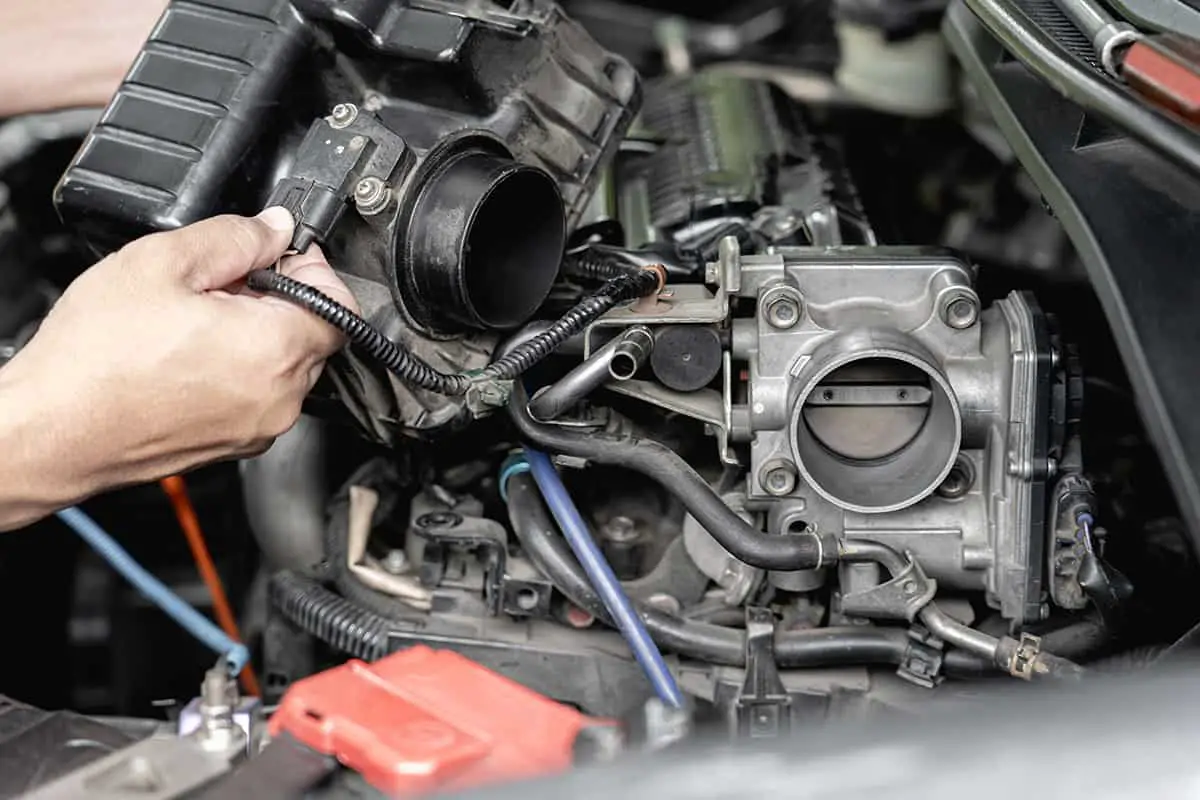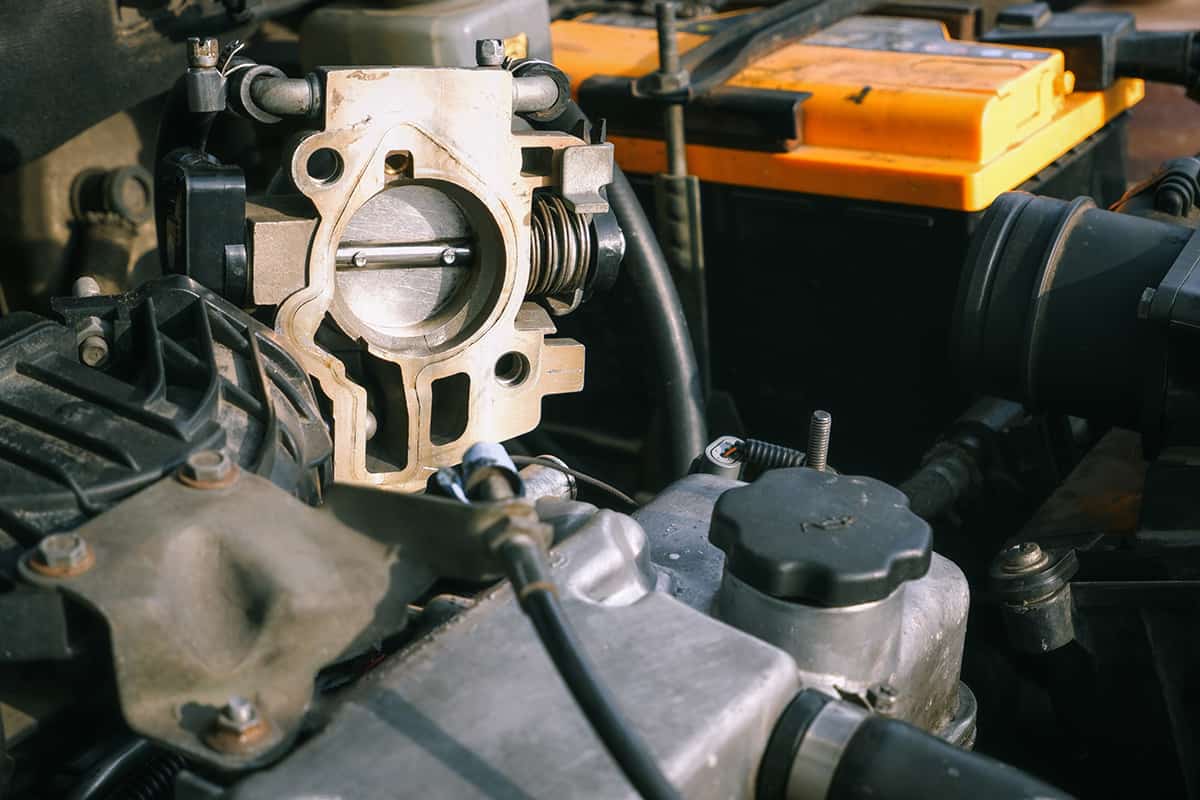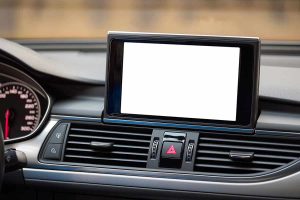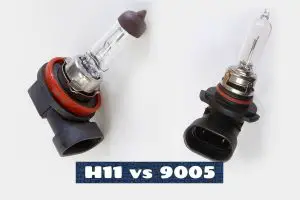The idle air control valve (IAC valve) is a standard fixture in modern fuel-injected vehicles. Rough idling, engine stalling, and trouble starting are just some of the issues that can be brought on by a malfunctioning IAC valve.
There are several methods you can try to reset an idle air control valve, the simplest of which is to:
- Turn your vehicle on and leave it in park
- Step on the gas pedal for 5 seconds
- Turn the vehicle off
- Wait for 10 seconds before turning the vehicle back on
In this guide, I’ll explain what an idle air control valve is, the signs of a faulty idle air control valve, and how to reset it.
What Is an Idle Air Control Valve?
Many vehicles with fuel injection systems have an idle air control valve. By adjusting the volume of air that flows around the throttle plate in the throttle body, it controls the idle speed of the engine.
The engine control module (ECM) is responsible for regulating the IAC valve, and it does so based on data gathered from a variety of sensors. The IAC valve is responsible for controlling the engine’s idle speed by opening and closing in response to signals from the engine control module (ECM).
If you turn on the air conditioner or the power steering, for example, while the engine is running, the IAC valve will lower the idle speed to compensate for the increased demand on the engine. It aids in maintaining the engine’s optimal operating condition at all times, whether the vehicle is at rest or moving very slowly.
Signs of a Faulty Idle Air Control Valve

There are a number of signs that may indicate a faulty idle air control valve:
1. Rough idle
The engine may have an unsteady or rough idle if the IAC valve is malfunctioning. This is usually indicated by sudden increases and decreases in rev RPMs without stepping on the gas pedal.
2. Stalling
It is possible for the engine to die when stopping or idling due to a faulty IAC valve.
3. Difficulty starting the engine
The engine might not start at all or might stall out right after it does if the IAC valve is stuck in the closed position.
4. Check engine light
A faulty IAC valve may trigger the check engine light to come on.
5. Backfiring
There won’t be enough oxygen for the fuel to fully burn if the air intake is inadequate, and the engine won’t start. There is a risk of explosion as the fuel moves through the system.
How to Reset an Idle Air Control Valve
There are multiple methods you can try to reset your vehicle’s idle air control valve. Let’s go over each method individually.
Method 1. Gas and idle
This simple method involves turning the engine on and letting it idle for a few seconds before turning it back off.
- Turn the engine on and leave it in park.
- Step on the gas pedal until the car revs at 2,000 RPM for 5 seconds.
- Slowly release the gas pedal.
- Let the car idle for 5 seconds.
- Turn off the car for 10 seconds.
- Turn the car back on to see whether it idles properly.
Method 2. Gas and idle #2
- Turn the engine on and leave it in park.
- Turn the engine off.
- Turn the car on without starting the engine.
- Stomp on the gas pedal 4 to 5 times.
- Release the gas pedal.
- Start the engine.
Method #3. Drive around for a couple of miles
In some cases, the idle air control valve issue may not be too serious, and you can usually resolve the problem by driving around for a while.
When doing this, make sure to drive above 40 miles per hour. After covering a few miles at this speed, your idle air control valve may recalibrate itself automatically.
Method #4. Using an ALDL
ALDL stands for Assembly Line Diagnostic Link. It is a diagnostic system used by automotive technicians to communicate with the engine control module (ECM) in order to diagnose and troubleshoot problems with a vehicle’s engine and other systems.
- Connect the ALDL device either via a USB port in your car.
- Turn the car on and leave it in park.
- Rev the engine until it reaches at least 2,000 RPM.
- Ground the ALDL device for 10 seconds by shorting the ground pin to the connector pin.
- Remove the ground.
- Turn the car engine off.
What Happens When Idle Control Valve Remains Open?
The engine may idle faster than normal if the idle control valve is left open. Several issues may arise as a result of this:
- Decreased fuel efficiency— Increasing the engine’s idle speed will increase fuel consumption and reduce the vehicle’s MPG.
- Excessive engine wear— Increasing the engine’s idle speed can cause additional wear and tear on the engine, increasing the risk of the engine failing before its time.
- Excessive emissions— If the engine is allowed to idle at a higher speed than necessary, it may produce excess emissions that do not comply with emissions standards and may be harmful to the environment.
- Difficulty driving— If the vehicle’s idle speed is too high, the engine may speed up unexpectedly even when the driver has their foot off the gas pedal.
How Long Does an Idle Air Control Valve Last?
The quality of the valve, the state of the vehicle’s maintenance, and the model and year of the vehicle all play a role in how long an idle air control valve will last. An IAC valve may not need to be replaced at all over the course of a vehicle’s lifetime.
Unfortunately, a number of factors, including contamination, wear and tear, and exposure to extreme temperatures, can cause an IAC valve to fail before its time. A new IAC valve should be installed if the old one fails.
How to Clean Idle Air Control Valve
Try cleaning your air control valve before replacing it completely.
- Look for the idle air control valve, which is usually located near the air intake on the side of the engine.
- Disconnect the electric plug on the back of the idle air control valve with a screwdriver.
- Remove the screws and bolts that keep the valve in place.
- Spray a carburetor cleaner onto the pointy end of the idle air control valve, making sure it doesn’t get into the valve’s housing.
- Once you’re sure the idle air control valve is clean, put everything back together.
- Start the engine and check for irregularities when your car is idling.
How to Replace an Idle Air Control Valve
Here are the general steps for replacing the idle air control valve on a vehicle:
- Disconnect the negative terminal on your car battery to prevent electrocution while working.
- Disconnect the electrical connector from the IAC valve.
- Take out the screws or bolts holding the IAC valve to the mounting plate.
- Take the IAC valve out of the car carefully.
- Install the new IAC valve in the reverse order of removal, making sure that it is securely mounted in place.
- Connect the IAC valve’s wires back together again.
- Reconnect the negative terminal on your car battery.
- Idle the engine for a few minutes to give the IAC valve time to readjust to the new position.
- Keep an eye on the engine’s idle speed to make sure everything is operating as it should. Further adjustments to the IAC valve may be required if the idle speed is unstable or the engine is running roughly.






